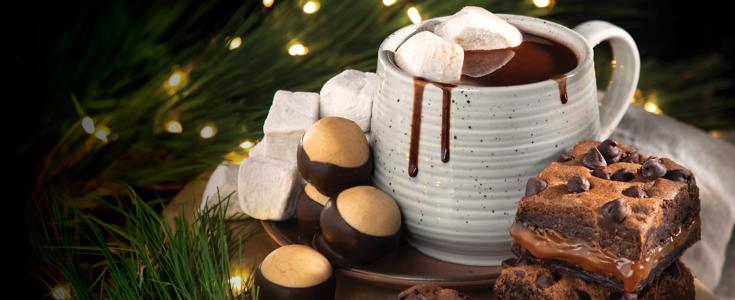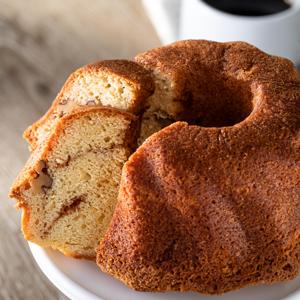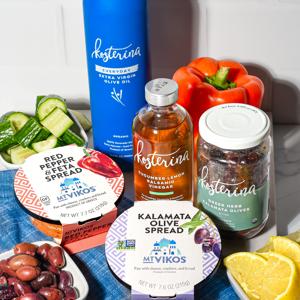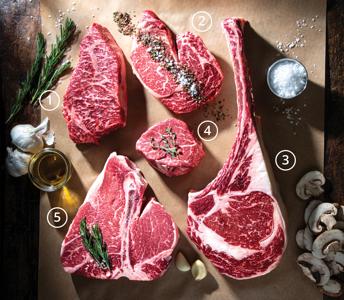
Roasting Chicken: Tips for a Perfectly Roasted Bird

- POSTED Sep 30th, 2021
- BY Chef Carrie Walters
Roasting chicken is a skill that I think everyone should have in their cooking tool belt. It has the power to pleases almost everyone. The added bonus is that it makes your kitchen smell so darn good and is the ultimate comfort food. If you’re lucky enough to have leftovers, it can be used for all sorts of quick meals throughout the week.
I like to say that a perfectly whole roasted chicken is the true sign of a good cook. You don’t need a lot of fancy equipment to master this skill—just a DLM Whole Chicken and a couple of cooking rules of thumb.
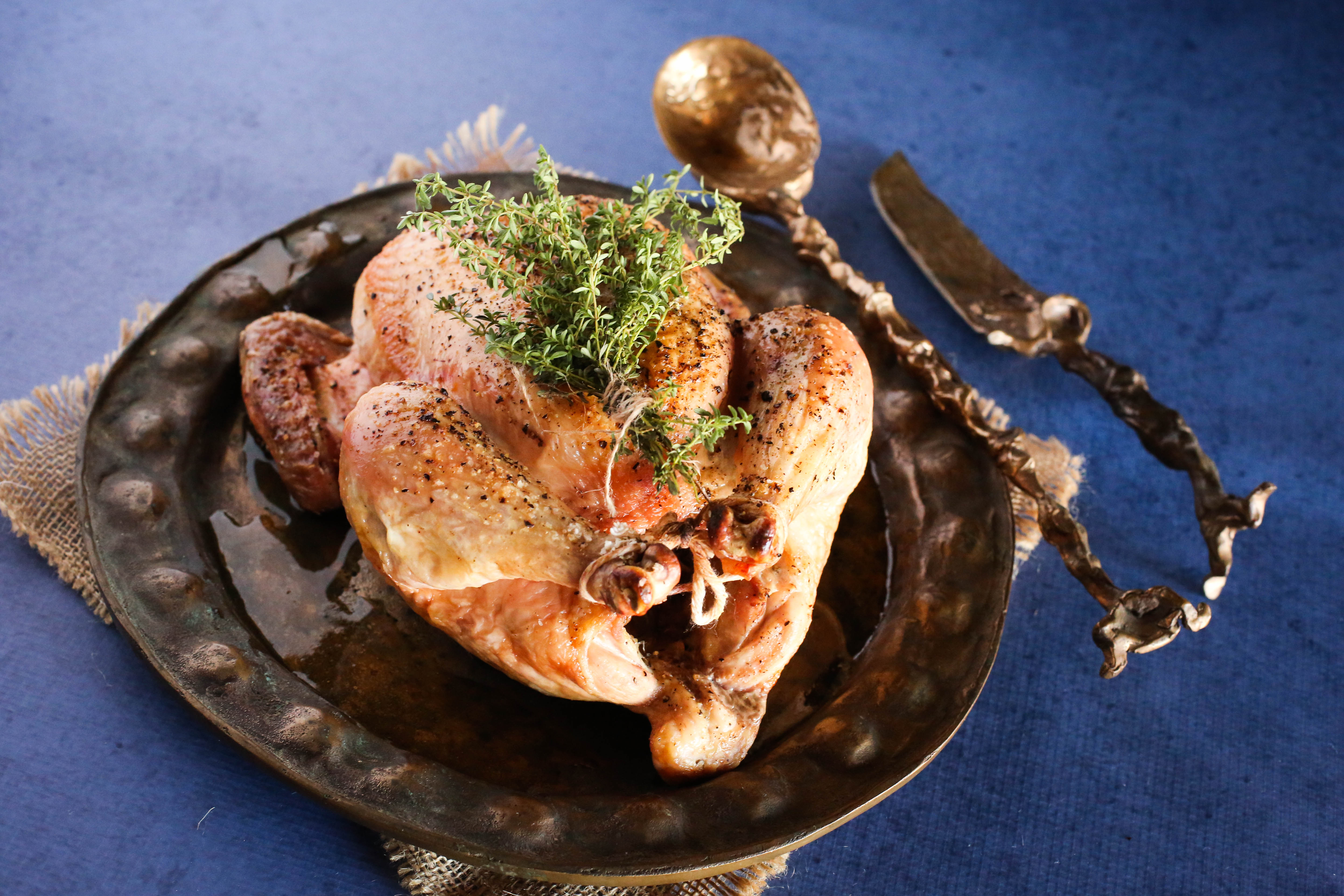
Roasting Chicken: What You Need to Know
Prep. Whatever you do, don’t roast a cold, wet bird. Let the chicken come to room temp (at least 30 minutes or more). This will help the bird cook more evenly and efficiently. Make sure the skin is dry. There’s no need to rinse the chicken you buy here at DLM. Dry skin yields a crisper and more crackly roasted surface.Seasoning. You all have heard me say this before—do not be shy with the salt and pepper! Don’t forget to add it under the wings, the back, and even inside the cavity. Other goodies can be added inside the cavity, too, like chopped herbs, garlic, onion, and even a cut lemon, but there’s something so good about a simple salt and peppered roasted chicken.
What to roast it in. There are many pans out there. My answer is to use what you have. Different pans can give you different results, but all are delicious. For example, a roasting pan with a rack allows air to circulate under the bird, which helps brown the chicken all over and is brilliant if you want to carve it tableside for that “Norman Rockwell” presentation. Using a roasting pan without a rack will yield more pan juice and is an excellent way to roast veggies simultaneously, like onions, carrots and potatoes, for a one-pan meal. My mom used to “roast” chicken in a deep-sided, covered Dutch oven, which technically wasn’t roasting, but delicious.
Temperature. You have two choices here—low and slow or hot and fast. Low and slow will yield a very tender, fall-off-the-bone type of meat with soft and sticky skin. Roast at 300°F to 350°F for anywhere between 1.5 to 2 hours. The hot and fast method will yield a more crisp and dark golden brown exterior and a firmer, chewier meat inside. Roast at 375° to 500°F, 45 minutes to 1.5 hours depending on the weight of the chicken.
Is it done? Use a meat thermometer. It’s the easiest and most foolproof way to be sure. You are looking for it to read 165°F when you insert it into the thickest part of thigh.
Carving. Let it rest and hang out for at least 15 minutes before cutting. I know it can be torture waiting to dig in, but don’t blow it! You want those juices to redistribute or else you’ll end up with them all over your cutting board.
Lastly, don’t be intimidated. You will quickly master this and be on a journey of good cooking for years to come. Now, what to do with the leftovers? We’ve got 5 ideas to fuel your meal planning.
Comments
Leave a Reply
-
ONLINE SHOP
(866) 748-1391 shop@dorothylane.com -
Mason
(513) 229-2500- Mon - Sun: 6:00AM - 9:00PM
-
Oakwood
(937) 299-3561- Mon - Sun: 6:00AM - 10:00PM
-
Springboro
(937) 748-6800- Mon - Sun: 6:00AM - 9:00PM
-
Washington Square
(937) 434-1294- Mon - Sun: 6:00AM - 9:00PM
Craving More?
We'd love to fill your plate with recipes, stories of our food adventures, gift ideas, and news of sale items.
SIGN UP FOR OUR E-NEWSLETTERS
